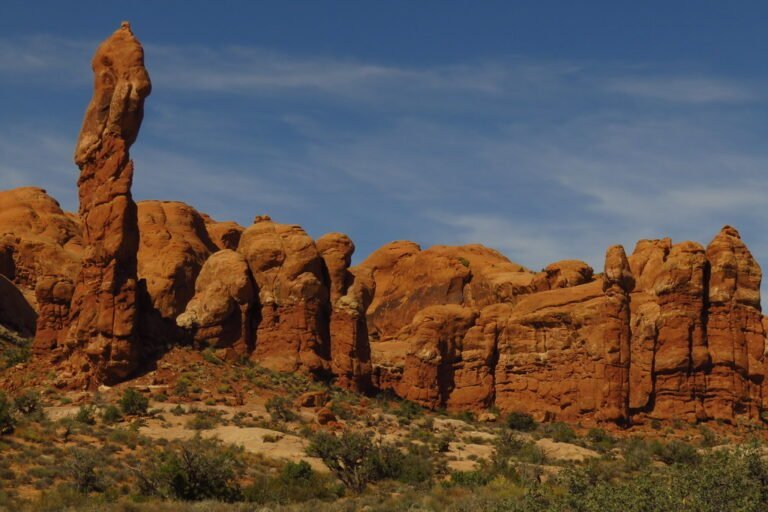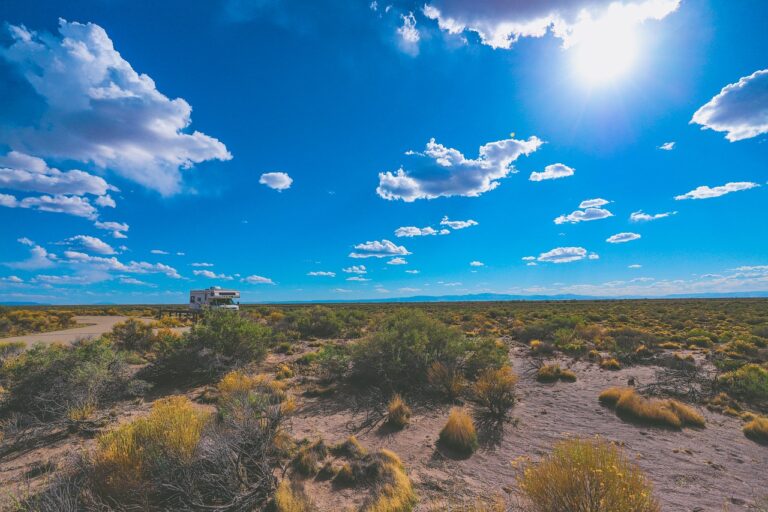How Much Money Does the Grand Canyon Make a Year From Tourism?
The Grand Canyon generates over $1.2 billion in annual revenue from tourism, with visitors spending hundreds of millions of dollars on food, beverages, lodging, and recreational activities within 60 miles of the park's boundaries. This revenue is distributed across various sectors, including lodging services, food and beverage sales, and recreation fees. The park's presence also supports local economies, contributing to over 12,000 jobs and $1.1 billion in economic output. As we delve into the intricacies of the Grand Canyon's tourism industry, it becomes clear that the park's economic impact is multifaceted and far-reaching, with each dollar spent having a ripple effect on the local community.
Grand Canyon Tourism Statistics
The Grand Canyon, one of the most iconic natural wonders in the United States, attracts a staggering number of visitors each year, with over 6 million people pouring into the park annually, making it one of the most visited national parks in the country. This influx of tourists has a significant impact on the local economy, with visitors coming from all 50 states and over 100 countries worldwide. The park's popularity can be attributed to its vast array of recreational activities, including hiking, camping, and scenic drives. Additionally, the Grand Canyon's rich cultural and geological history, spanning over 2 billion years, makes it a fascinating destination for nature enthusiasts and scientists alike.
Visitor Spending Breakdown
Annually, visitors to the Grand Canyon inject hundreds of millions of dollars into the local economy, with a significant portion of that expenditure allocated towards lodging, food, and recreational activities. According to the National Park Service, in 2020, visitors spent approximately $1.2 billion within 60 miles of the park's boundaries. Of this amount, around 40% was spent on food and beverages, with visitors frequenting local restaurants, cafes, and convenience stores. Another 20% went towards recreational activities, such as scenic flights, helicopter tours, and guided hikes. The remaining 40% was split between souvenirs, transportation, and other miscellaneous expenses. This breakdown highlights the diverse range of industries that benefit from Grand Canyon tourism, underscoring its significance to the local economy.
Revenue From Lodging Services
Lodging services reap a substantial share of visitor expenditures, with over $300 million allocated towards accommodations within 60 miles of the Grand Canyon's boundaries in 2020. This significant revenue stream is largely driven by the park's remote location, necessitating overnight stays for many visitors. The Grand Canyon area boasts a range of accommodations, from luxury resorts to budget-friendly motels and camping sites. Many of these establishments are operated by Xanterra Parks & Resorts, a concessioner that manages lodging, dining, and recreational activities within the park. With over 30,000 rooms and campsites available, the Grand Canyon's lodging industry is a significant contributor to the park's overall tourism revenue.
Food and Beverage Sales
With millions of visitors seeking sustenance during their Grand Canyon adventure, food and beverage sales constitute a substantial revenue stream, generating over $150 million in 2020 within the park's boundaries and surrounding areas. This significant revenue is attributed to the various dining options available, ranging from casual eateries to fine dining restaurants. Additionally, convenience stores, snack bars, and vending machines also contribute to the overall sales. The majority of these sales come from visitors purchasing meals and drinks at the park's restaurants, cafes, and snack bars, with a smaller portion generated from convenience stores and vending machines. The revenue from food and beverage sales plays a crucial role in supporting the park's operations and maintenance.
Recreation and Activity Fees
Recreation and activity fees constitute a significant revenue stream for the Grand Canyon, with a range of options available to visitors. The park's entrance fee structure, which varies depending on the type of pass and mode of transportation, is a vital component of this revenue stream. Additionally, camping and permit costs, as well as guided tour prices, also contribute substantially to the park's overall earnings, with key roles in generating revenue.
Entrance Fee Structure
The Grand Canyon's entrance fee structure is a complex system that generates significant revenue through various recreation and activity fees, which are categorized into different tiers based on the type of activity or service provided. The National Park Service offers a private vehicle entrance fee of $35, valid for seven days, and an individual entrance fee of $20, also valid for seven days. Motorcycle entrance fees are $30, while commercial vehicle fees range from $100 to $300. There are also fees for specific activities, such as backcountry permits, which range from $10 to $100. These fees contribute to the park's annual revenue, supporting conservation efforts and visitor services.
Camping and Permit Costs
In addition to entrance fees, visitors to the Grand Canyon must also consider the costs associated with camping and permits, which can vary widely depending on the type of activity and location within the park. These costs contribute substantially to the park's overall revenue.
- Backcountry camping permits, for example, cost $10 per person per night, while frontcountry camping fees range from $18 to $30 per night.
- Additionally, visitors who want to hike down to the bottom of the canyon via the Bright Angel Trail or South Kaibab Trail must obtain a backcountry permit, which requires a $10 fee.
- Other activities, such as river rafting or kayaking, may require special permits with varying costs. By understanding these costs, visitors can better plan their trip and budget accordingly.
Guided Tour Prices
As visitors navigate the Grand Canyon's vast terrain, they may opt for guided tours, which come with varying price tags depending on the type and duration of the activity. For instance, a half-day hiking tour can cost around $100-$150 per person, while a full-day excursion can range from $200-$300. Mule rides, a popular choice, can cost between $125-$200 per person for a half-day trip. Longer, multi-day expeditions can reach upwards of $1,000-$2,000 per person. These prices often include equipment, transportation, and expert guides. Visitors should note that prices may vary depending on the tour operator, time of year, and other factors.
Park Entrance Fee Revenue
The Grand Canyon's park entrance fee revenue is a significant contributor to its overall income. This revenue stream is comprised of daily ticket sales, which provide a steady influx of funds, as well as annual pass revenue, which offers a lucrative option for frequent visitors. Additionally, the park also grants fee exemptions to certain groups, which, while reducing revenue, serve to promote accessibility and fairness.
Daily Ticket Sales
Each year, millions of visitors flock to the Grand Canyon, generating substantial revenue from daily ticket sales, with the park entrance fee being a significant contributor to the canyon's overall income. The daily ticket sales are a vital aspect of the Grand Canyon's revenue stream, with visitors paying a fee to enter the park. Here are some key statistics to put this into perspective:
- $35: The cost of a private vehicle entrance fee for a 7-day pass
- $20: The cost of an individual entrance fee for a 7-day pass
- $60: The cost of an annual pass for frequent visitors
These fees add up quickly, generating millions of dollars in revenue for the park each year. The revenue from daily ticket sales is essential for maintaining the park's infrastructure, supporting conservation efforts, and providing visitor services.
Annual Pass Revenue
Beyond daily ticket sales, the Grand Canyon's annual pass revenue constitutes a significant portion of its overall park entrance fee revenue, with frequent visitors opting for the $60 annual pass to enjoy unlimited access to the park for a year. This pass provides excellent value for those who plan to visit the park multiple times within a 12-month period. According to the National Park Service, annual pass revenue has steadily increased over the years, with a notable surge in recent times. In 2020, the park generated over $2.5 million from annual pass sales alone. This substantial revenue stream plays a vital role in supporting the park's conservation efforts, infrastructure development, and visitor services.
Fee Exemptions Granted
Free or reduced-fee access to the Grand Canyon is granted to various groups, including seniors, military personnel, and individuals with permanent disabilities, which can impact the park's overall entrance fee revenue. These exemptions are an important aspect of the park's fee structure, as they promote accessibility and appreciation for the natural wonder. Specifically, the following groups are exempt from paying the full entrance fee:
- Seniors (62+ years old): Eligible for a lifetime America the Beautiful Senior Pass for a one-time fee of $80.
- Military Personnel: Active duty military members and their dependents can obtain a free annual America the Beautiful Pass.
- Individuals with Permanent Disabilities: Eligible for a free lifetime America the Beautiful Access Pass.
Economic Impact on Local Communities
What would the local economies of Arizona be like without the Grand Canyon, a natural wonder that injects millions of dollars into surrounding communities each year? The answer is stark: drastically reduced. The Grand Canyon's presence generates substantial revenue for local businesses, from hotels and restaurants to souvenir shops and tour operators. In 2020, the park's Visitors Use Fees alone contributed over $14 million to the local economy. Additionally, the park's proximity to nearby towns like Flagstaff and Williams stimulates economic growth, with many residents relying on tourism-related jobs to make ends meet. The Grand Canyon's economic impact is undeniable, providing a crucial lifeline to the regional economy.
Job Creation and Employment
As the Grand Canyon's economic impact reverberates throughout the region, it is the creation of jobs and employment opportunities that serves as a crucial byproduct of this natural wonder's presence. The tourism industry is a significant source of employment for local residents, with many finding work in hotels, restaurants, and tour operators. According to the National Park Service, the Grand Canyon supports:
- Over 12,000 jobs in the surrounding communities, including Coconino and Mohave counties.
- $410 million in labor income, benefitting local residents and their families.
- $1.1 billion in economic output, contributing to the region's overall economic vitality.
These numbers underscore the importance of the Grand Canyon as an economic driver, providing a foundation for local economies to thrive.
Comparing Tourism Revenue to Costs
Approximately 6 million visitors flock to the Grand Canyon each year, generating substantial revenue from tourism, which is essential to understanding when comparing it to the costs associated with maintaining and preserving this national treasure. The National Park Service allocates a significant portion of its budget to preserve the park's natural and cultural resources, including trail maintenance, habitat conservation, and historic site restoration. Additionally, the park spends on visitor services, such as campground operations, visitor centers, and emergency response. While tourism revenue is substantial, it is vital to balance it with the costs of maintaining the park's infrastructure, ensuring public safety, and protecting the environment. A thorough analysis of these costs is necessary to appreciate the true value of tourism revenue to the Grand Canyon.


